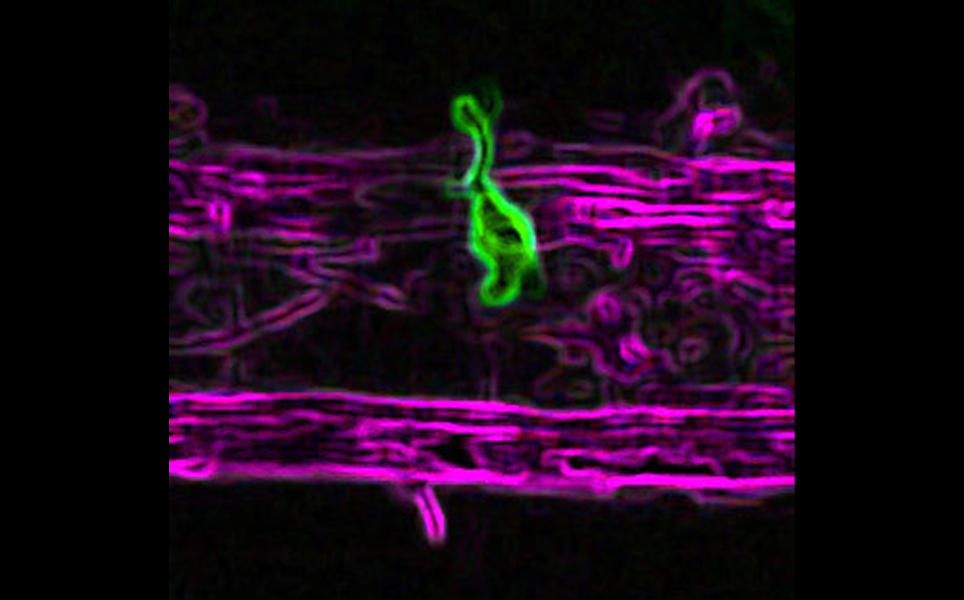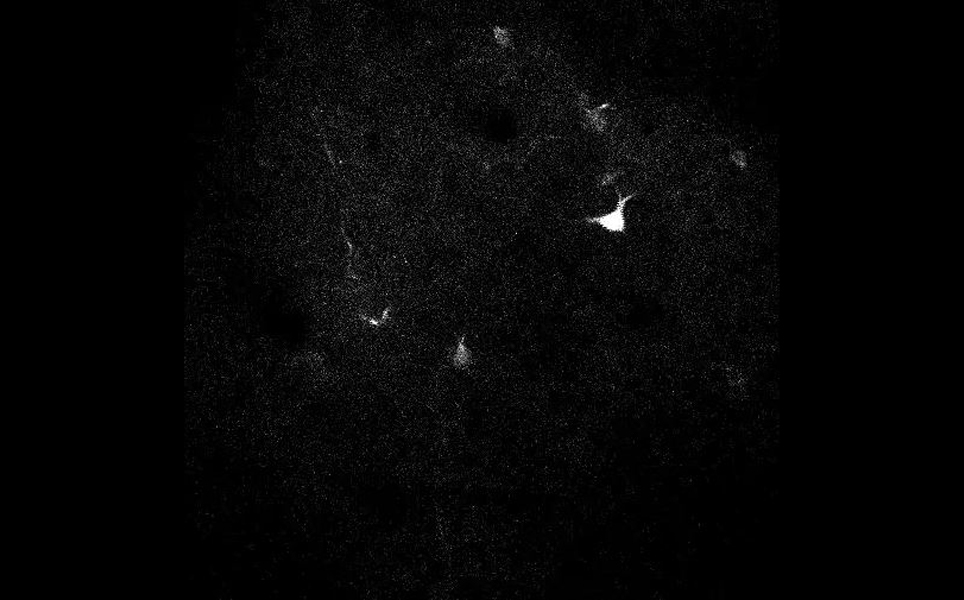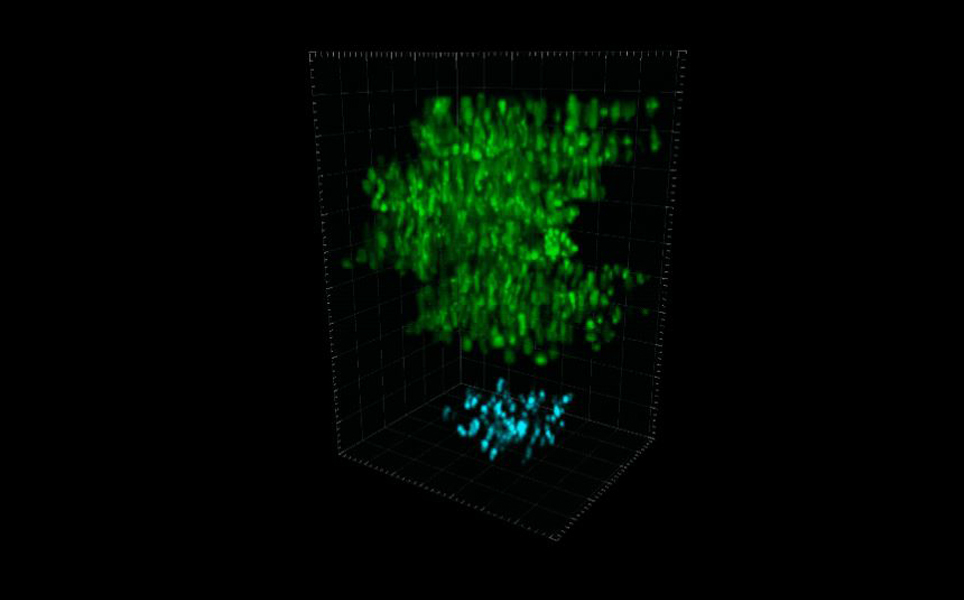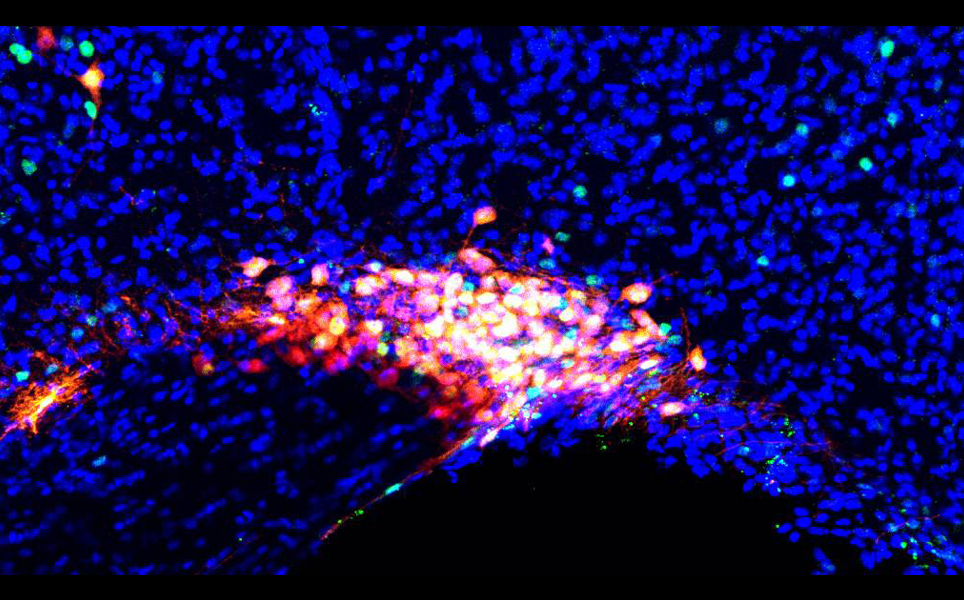
Scientifica’s selection of the best neuroscience stories from April 2019
Scientifica’s selection of the best neuroscience stories from April include discovery of emotional mirror neurons in the rat, a mobile phone game that can detect those at risk of Alzheimer’s disease and a non-invasive way to detect early cognitive impairment.
1. Microglia, cells thought restricted to central nervous system, are redefined in new study
A study by the University of Notre Dame has revealed that microglia are not restricted to the central nervous system (CNS), but are able to cross the spinal boundary and into the peripheral nervous (PNS) system in response to injury.
Previously, microglia have been thought to be restricted to the CNS, clearing cellular debris in this region. However, the researchers found that microglia can actually move into the peripheral nervous system and clear cellular debris there. However, they return to the CNS with the debris and in an altered state.
Altered microglia have been observed in many neurodegenerative diseases and have also been implicated in autism spectrum disorder. The results from this study have therefore led to many questions about the capability of microglia and their role in various diseases.

Redefining microglia
2. Eyes reveal early Alzheimer’s disease
Research by Northwestern Medicine has found that early cognitive impairment, the precursor to Alzheimer’s disease, can be recognised by reduced blood capillaries in the back of the eye.
These vascular changes can be noninvasively detected with an infrared camera. By diagnosing patients with early cognitive impairment, these patients, who are at a high-risk of developing Alzheimer’s, can be monitored and given treatments to slow down disease progression earlier.

Detecting Alzheimer's disease
3. Advances in deep brain stimulation could lead to new treatments for people with movement and psychiatric disorders
Recent advances in deep brain stimulation (DBS) for Parkinson’s disease could also treat other conditions such as obsessive-compulsive disorder (OCD), Gilles de la Tourette syndrome and depression.
Closed-loop DBS is used to treat Parkinson’s disease. This uses bi-directional electrodes to both stimulate and record from deep brain structures. The DBS system senses changes in the brain that occur after stimulation and uses this information to adapt the level of the next pulse of stimulation.
The scientists from the University of Geneva, University of Tübingen and the Wyss Center for Bio and Neuroengineering believe that the tailored and accurate delivery of stimulation make this method of DBS potentially suitable for a variety of other disorders.

Find out more
4. Five Australian patients to trial new brain reading device to help speech and movement
The first in-human clinical trial of a small device that is placed in a blood vessel in the motor cortex to enable patients with severe paralysis communicate again, has been approved and will take place at the Royal Melbourne Hospital.
The device, called Sentrode™, is the size of a small paperclip. It can be implanted into the motor cortex without needing open brain surgery. Once implanted, it picks up signals and transmits these to artificial intelligence software that can help a person communicate or control a computer.
Five patients with a range of conditions including spinal cord injury, stroke, muscular dystrophy, or motor neuron disease, including amyotrophic lateral sclerosis (ALS) will be trialling the device.
Sentrode trial
5. I feel you: emotional mirror neurons found in the rat
When humans see someone else in pain, the same region of the brain is activated as when we experience pain ourselves. This region of the brain is the cingulate cortex, which contains mirror neurons that generate our own feeling of pain as well as being reactivated when we see others experience pain.
Scientists at the Netherlands Institute for Neuroscience have discovered that when a rat experiences pain, the same neurons in the rat cingulate cortex are activated as when they see another rat experience pain. When the researchers suppressed the activity of these cells in the cingulate cortex with a drug, the rats no longer froze when they saw another rat receive an unpleasant stimulus.
More about mirror neurons
6. Artificial Intelligence singles out neurons faster than a human can
An automated process that can trace the shape of active neurons as accurately as humans can, but much faster, has been developed by scientists at Duke University.
This new technique uses artificial intelligence to interpret video images, enabling researchers to quickly gather and process neuronal signals for real-time behavioural studies. The automated algorithm is open-source and takes minutes to accurately identifies and segments neurons.

Automated algorithm
7. Stimulation remodels the epileptic brain to prevent seizures
Researchers at the University of Pittsburgh have discovered how responsive neurostimulation (RNS) reduces the number and frequency of seizures in patients with epilepsy.
Patients are implanted with an RNS system and their baseline brain activity is recorded for a month. This enables the system to respond to and treat a seizure by stimulating the brain with an electric current.
The researchers found that instead of just stopping a seizure, the electric pulses alter brain networks, preventing the electrical activity in the neural epicentre from spreading to other neurons in the network and developing into a full-blown seizure. The RNS is therefore remodelling the brain and making it less susceptible to seizures.
Responsive neurostimulation remodelling the brain
8. New microscopy technique peers deep into the brain
A new microscopy technique that captures cellular activity across large volumes of neural tissue has been developed by scientists at Rockefeller University.
The technique, called hybrid multiplexed sculpted light microscopy, uses simultaneous two-photon and three-photon microscopy in order to image rapid cellular activity across multiple layers of brain tissue.

Learn more about this technique
9. General anaesthesia hijacks sleep circuitry to knock you out
Although general anaesthesia was discovered 170 years ago, scientists still don’t know exactly how it works. Researchers at Duke University have discovered that several general anaesthesia drugs work by hijacking the sleep circuitry that makes you fall asleep.
The researchers discovered that many commonly used general anaesthetic drugs activate a cluster of neurons in the supraoptic nucleus. This small brain region has projections that release large amounts of hormones into the bloodstream.
These cells were then investigated further, and the researchers found that when these cells were turned off in mice, the animals fell into a deep sleep that is typically associated with unconsciousness. When these cells were killed off, the mice continued to move and were unable to fall asleep.
The results of this study suggest that hormones play a role in maintaining anaesthesia, and that the brain’s hormone-secreting system plays a critical role in promoting deep sleep.

Anaesthetic action
10. The mobile game that can detect Alzheimer’s risk
A mobile phone game, called Sea Hero Quest, that that can detect people at risk of Alzheimer’s disease has been developed by Deutsche Telekom in partnership with Alzheimer’s Research UK, University College London (UCL), the University of East Anglia.
The game has been downloaded and played by 4.3 million people worldwide, with the researchers being able to translate every 0.5 seconds of gameplay into scientific data. After comparing results of the game from people who are genetically pre-disposed to Alzheimer’s disease with the results of those who are not, the scientists found that those who are at-risk and those who are not could be distinguished by looking at specific levels of the game.

Read more
Banner image credit: Duke University
Sign up to receive our latest news
Find out about Scientifica's latest product releases, company news, and developments through a range of news articles, customer interviews and product demonstration videos.

)